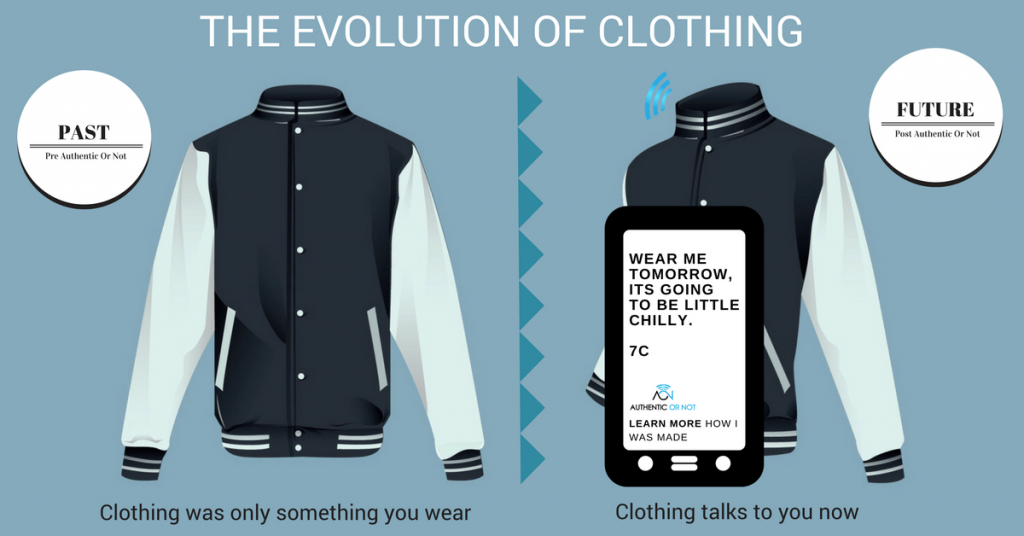Yes, connected clothing is a thing -- and it could change how we dress
The Internet of Things is changing the world. It’s changing how we live, how we communicate, and even how we dress. Yes, you read that right. Internet-connected fashion is very much in vogue right now, and it goes beyond smartwatches and smart glasses, too.
The Internet of Things is about more than Nest thermostats and smart lights. It’s about more than connected cars and automated factories. Everything is being brought online–including what we wear.
Picture the following scenarios:
- A businessman checks in at the airport by tapping his blazer on a nearby sensor.
- A young woman learns proper form for yoga through her pants, which help her figure out the correct movements through haptic feedback.
- A trucker taps on his jacket to change his music playlist while making a delivery.
- A programmer wirelessly charges her phone by slipping it into the pocket of her hoodie
These aren’t marketing pitches for some future products, nor are they snippets taken from science fiction. These are very real use cases–and they’re only the tip of the iceberg. Fashion is one of the many industries being disrupted and revolutionized by the Internet of Things.

The most obvious application for such clothing (and an area in which we’ve already seen connected clothes make a large impact) is health and wellness. Already, there are plenty of articles that track metrics such as heart rate, perspiration, and even body temperature. There are a ton of outfits, which, through integration with external applications, allow their owners to plan everything from their meals to their workout and sleep schedule.
All this new functionality means a few things for clothing manufacturers. First, it opens the door for a wealth of new business models. These might include subscriptions that add new or enhanced services, special discounts or bonuses, access to exclusive deals, and even a better purchasing and returns process.
Second, sensors embedded in such clothing can provide new insights into consumer behavior and purchasing habits (provided, of course, such data is collected in compliance with upcoming privacy laws). Clothing brands will be able to learn more about their target audience than ever before. And that, in turn, will allow them to design better products in the future, custom-tailored to what their customers want.
This also means that clothing brands that want to get in on the connected craze need to teach themselves the basics of cybersecurity. Absurd as it sounds, Internet-enabled shirts and pants can represent a security risk, especially if they offer interconnectivity with other systems and platforms. We’ve already seen botnets consisting entirely of poorly-protected webcams; a DDOS attack that abuses the connectivity of a smart clothing line isn’t all that outlandish.
Finally, it means that fashion will soon be about much more than looks or fabric quality. The brands that truly thrive in the connected clothing space will be those that are able to work smart digital services and unique functionality into their clothes. They’ll be the ones that are able to provide ongoing support to their customers and treat their clothes as more than just physical products.
I don’t doubt that connected fashion as an industry will experience a few growing pains. But I also believe that the end results will be more than worth it. As we move forward and clothing lines become more familiar with IoT and the technology required to make it a reality, IoT will fundamentally change how we dress–and if you ask me, that’s a very good thing.
